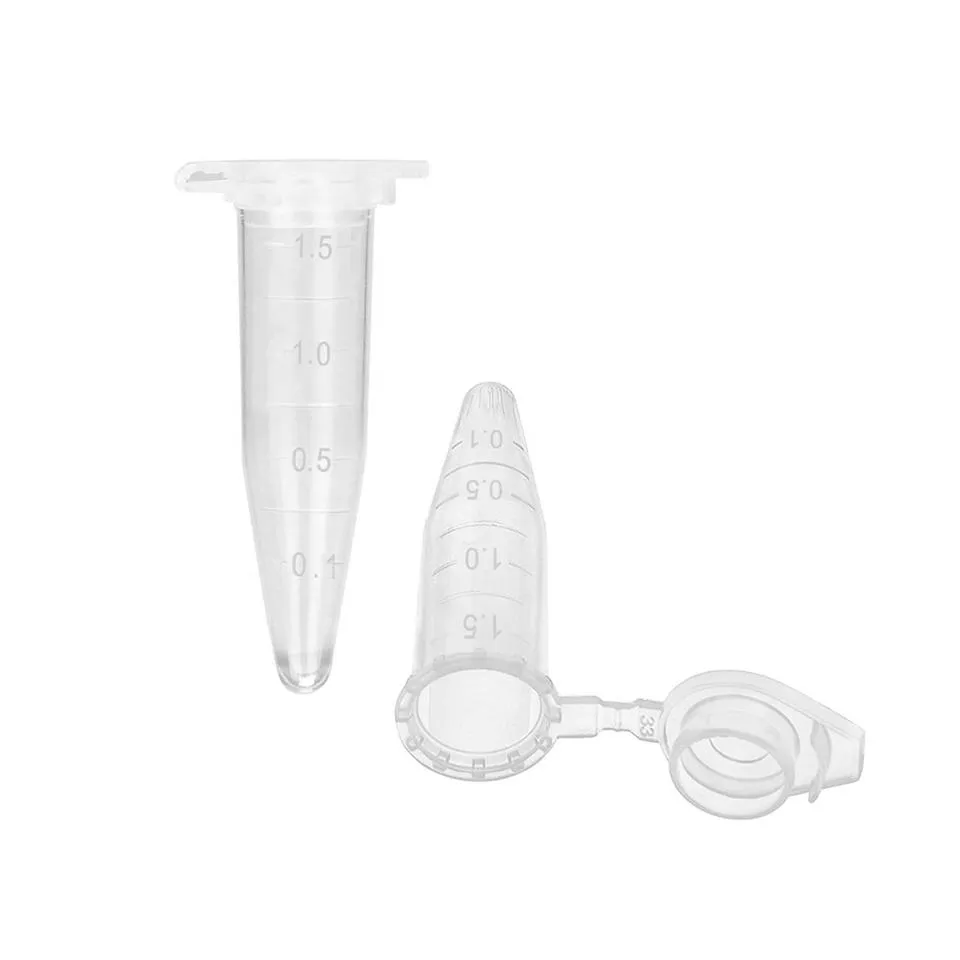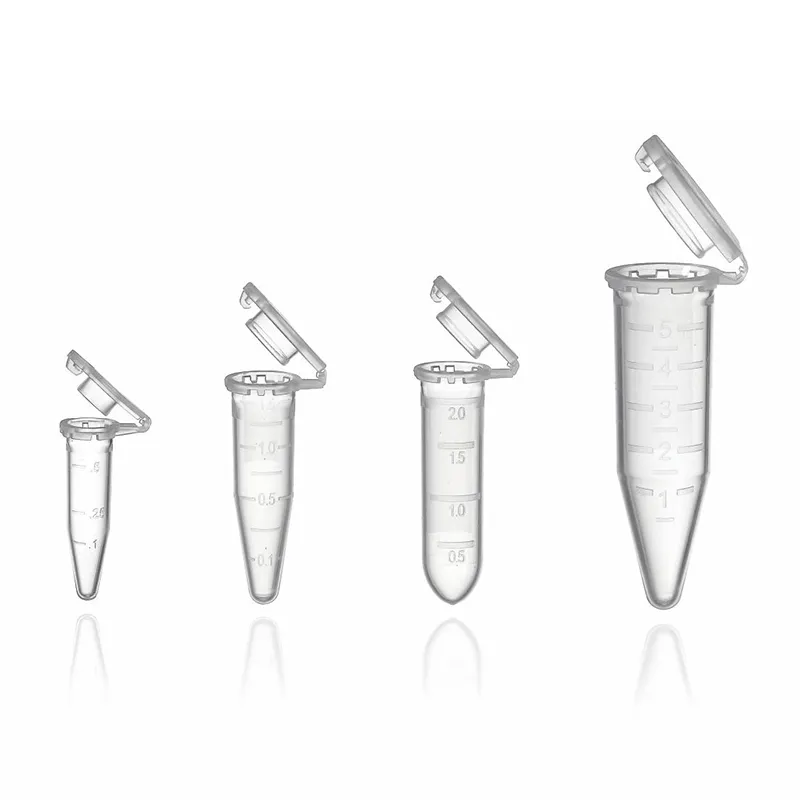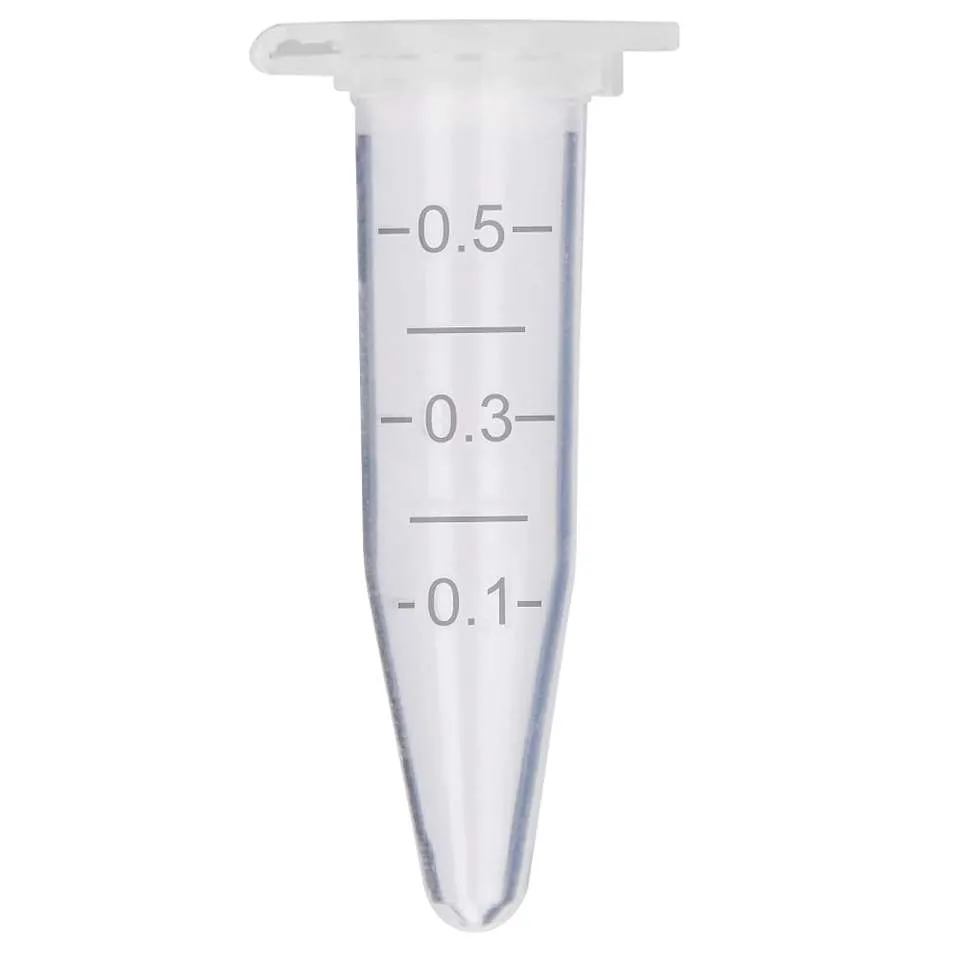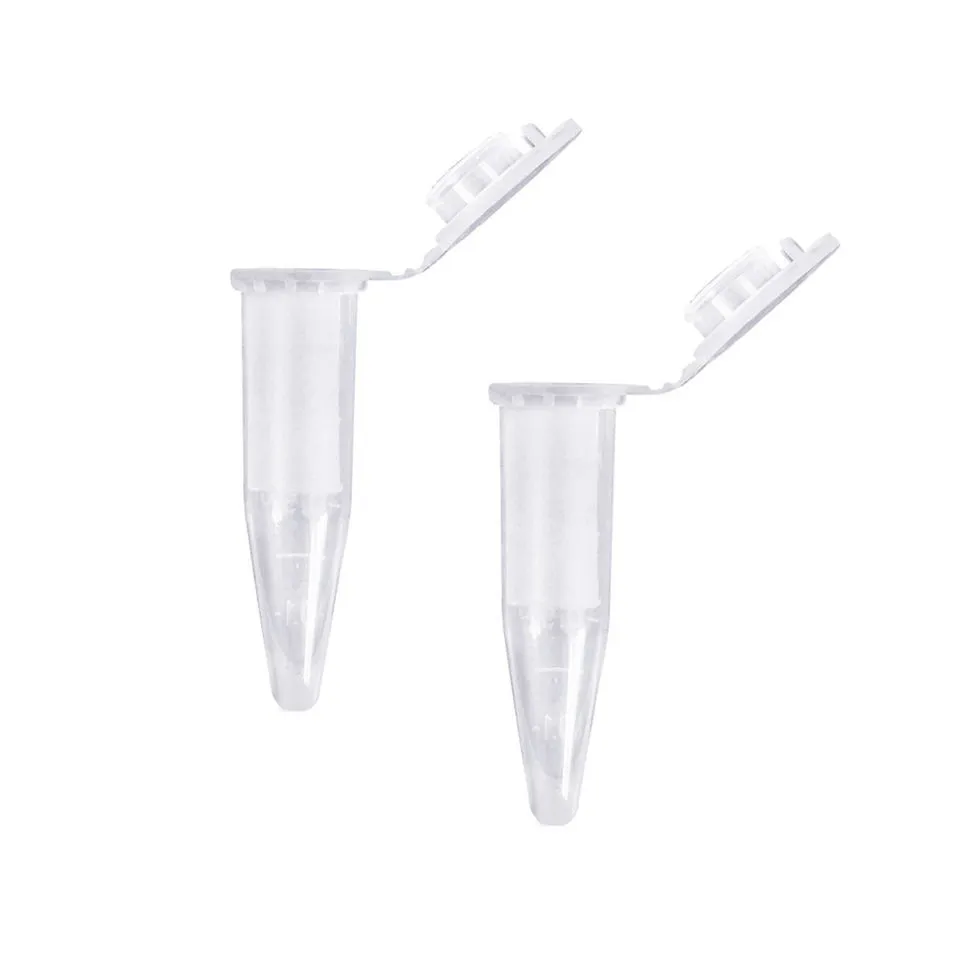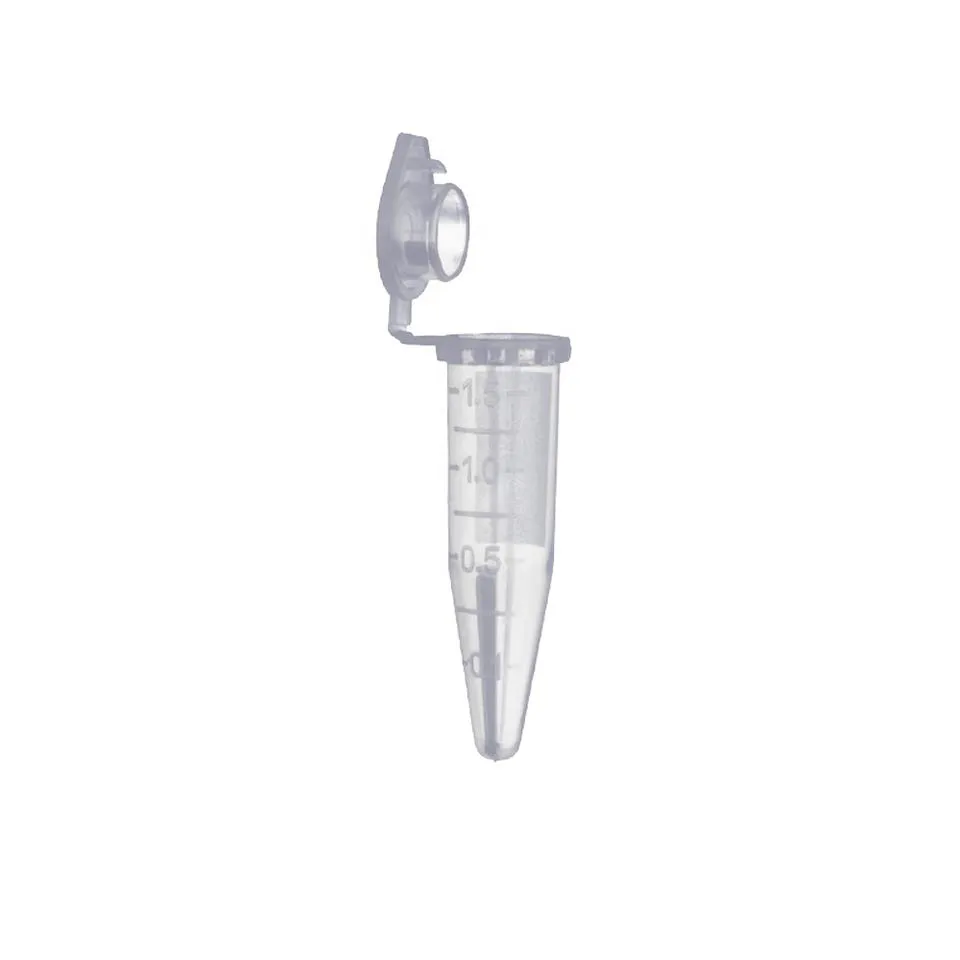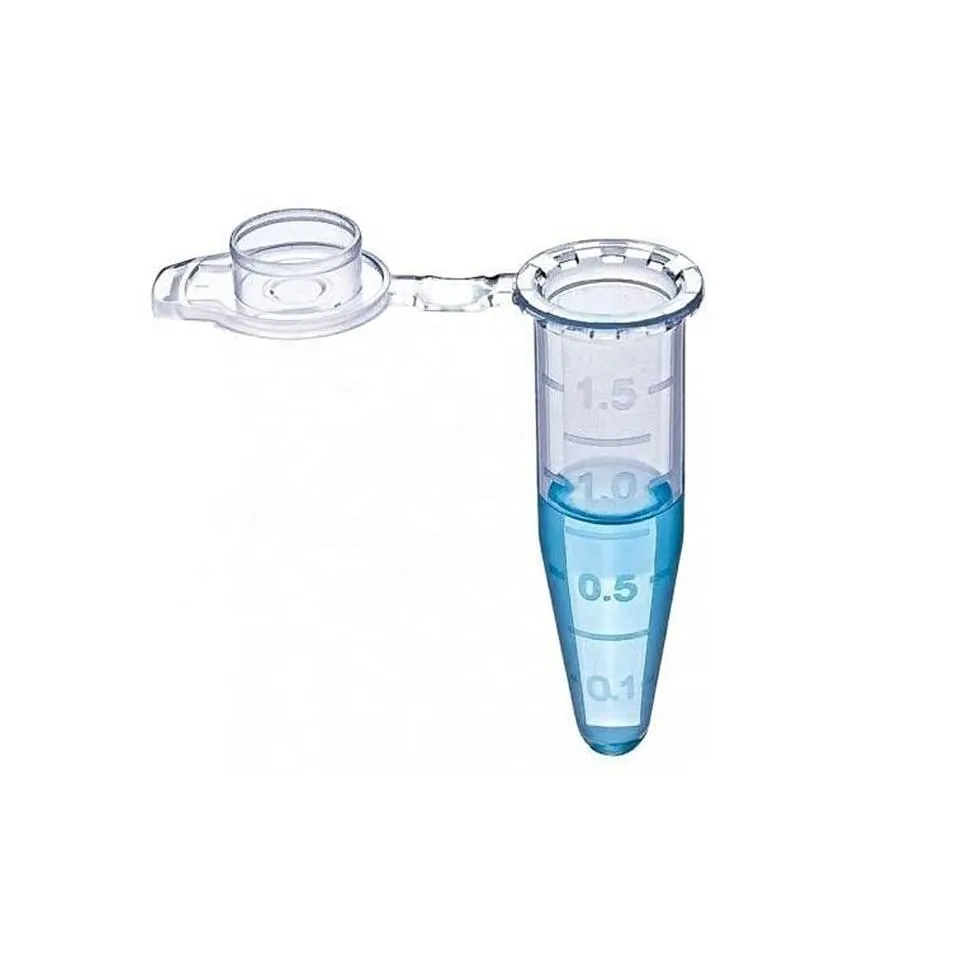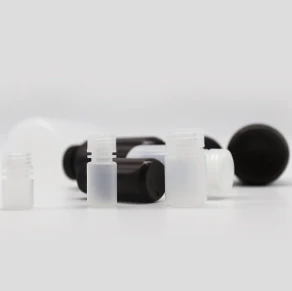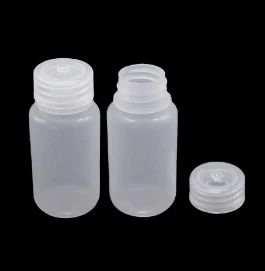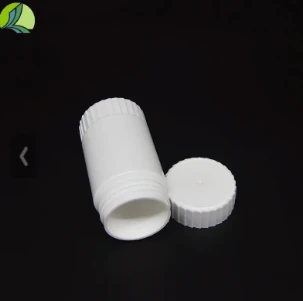Plastic Centrifugal Tube Simple And Beautiful Centrifugal Bottle For Laboratory Use
When selecting this point, we should also pay attention to check whether the tube cover is tight, and whether it can be tightly covered during the test to reach the inversion without leakage; We all know that in plastic centrifugal tubes, commonly used materials are polyethylene, polycarbonate, polypropylene, etc., of which polypropylene PP tubes will have relatively good performance, so we consider polypropylene plastic centrifugal tubes as much as possible when selecting plastic centrifugal tubes.
A, PA: isocrystalline polymer; PC polycarbonate; PP: Cleaning of polypropylene
B, PC centrifugal tubes and cups: PC materials have low chemical stability to alkaline solvents, and cleaning agents with PH values greater than 9 should be avoided. Autoclaving of
C, PA, PC and PP centrifuge tubes and cups: PA begins to soften at 120°C, while PC and PP are at 130°C. Typically, PA can be sterilized at 115°C (0.7kg/cm²) for 30 minutes, while PC and PP can be sterilized at 121°C (1.0kg/cm²) for 20 minutes. If the temperature is too high, the centrifugal tube or cup will be deformed. When using sterilized utensils, follow the following operations:
(1) Place the tube mouth upward and vertically; If the tube is tilted or placed sideways, it will deform due to gravity;
(2) Remove the threaded cap and the inner cap to prevent the pipe from deformation or cracking;
(3) The tube can only be taken out when the sterilizer is brought down to room temperature;
D, the life of the centrifugal tube and the cup The life of the plastic centrifugal tube cup depends on the sample characteristics, rotor speed, centrifugal temperature, etc. When plastic centrifugal tubes and cups are used to centrifuge conventional neutral samples (PH5 ~ PH9), their life estimates are as follows: used at the highest speed: about 10 times (low speed use can increase the number of uses). The life of centrifuge tubes and cups is also related to the conditions of cleaning and disinfection.
Centrifuge tube is a container used to hold separated samples when centrifuge is processing samples, and its specifications are mainly 0.2ml, 0.5ml, 1.5ml, 2ml, 5ml, 7ml, 10ml, 15ml, 20ml, 50ml, 80ml, 100ml, 120ml.
The advantage of the plastic centrifugal tube is transparent or translucent, its hardness is small, and the sample can be taken out by puncture. The disadvantages are easy deformation, poor corrosion resistance to organic solvents, and short service life. Plastic centrifugal tubes have a tube cover, which is used to prevent sample leakage, especially for radioactive or highly corrosive samples to prevent sample leakage is a very important point; Another function of the tube cover is to prevent sample volatilization and support the centrifugal tube to prevent deformation of the centrifugal tube.
When selecting this point, we should also pay attention to check whether the tube cover is tight, and whether it can be tightly covered during the test to reach the inversion without leakage; We all know that in plastic centrifugal tubes, commonly used materials are polyethylene xi(PE), polycarbonate (PC), polypropylene (PP), etc., of which polypropylene PP tubes will have relatively good performance, so we should consider polypropylene plastic centrifugal tubes as much as possible when selecting plastic centrifugal tubes.















































































































